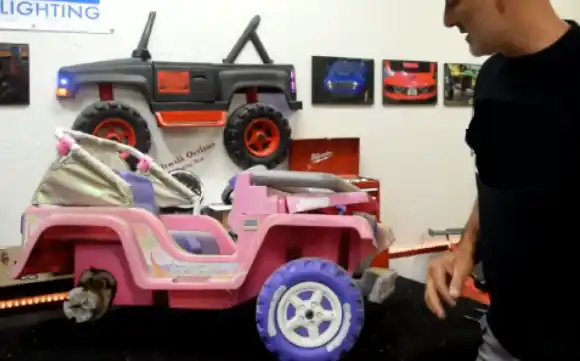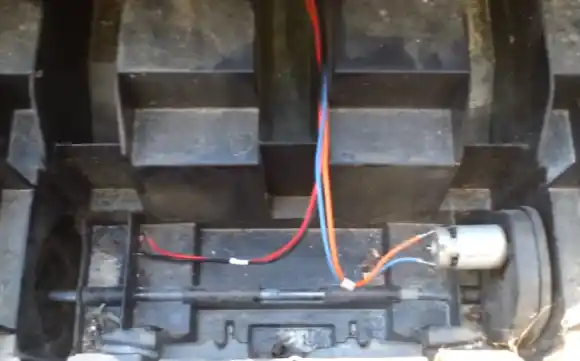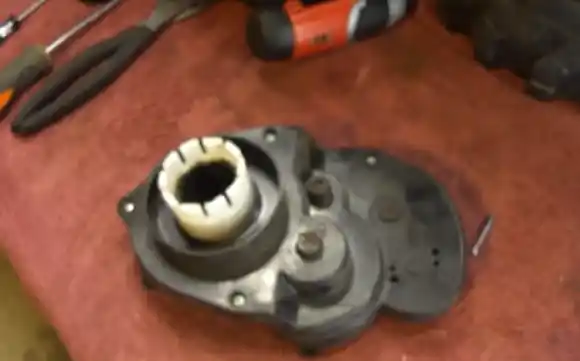Barbie trail rider comes with an excellent (6 v) motor. But over time, you may see problems in its functioning. You may prefer to replace it, but it is good to test it before replacing. However, with a bit mechanical knowledge you can test a barbie trail rider (6v) motor?
While testing the Barbie Trail Rider motor, you must check for the following:
- Barbie trail Battery
- Motor wires
- Motor
- Switch Continuity
- Gearbox
- Wheels
Stay tuned to learn how I test the barbie trail (6v) motor. Let's get started.
How to Test Barbie Trail Rider (6v) Motor?[ Step-by-Step Guide]

If you suspect that the barbie trail (6v) motor is not functioning correctly, you can perform a few simple tests to diagnose the issue. Here are the steps to follow:
Step 1: Check the Battery
The first step is to ensure battery charging. The battery should be fully charged and properly connected. You can check the voltage of the battery by using a digital multimeter. It should be around 6 volts.
If the battery is not fully charged, charge it and try again. If the battery is charged, but the voltage is still low, there may be a problem with the battery or the connection. If the battery is damaged, you will need to replace it.
Step 2: Check the Motor Wires

The next step is to check the motor wires for damage or lost connections. The wires should be firmly connected to the motor and the battery. If you find any damage, you can repair the wires. If wires need replacement, replacing them is better than repairing them.
Step 3: Test the Motor
Now check the motor. To test the barbie trail rider motor, bypass the switch and connect it directly to the battery. Remove the wires from the switch and connect them directly to the battery terminals. If the motor runs properly when connected to the battery, there is no issue with the motor. You will need to check for other issues.
Step 4: Test the Switch
You may have a faulty switch that may fail to ensure continuity. To check the switch continuity, you can use a multimeter. For that, you will need to adjust the multimeter settings.
Set it to the continuity and then place the probes on each side of the switch. The multimeter should beep or show a zero reading if the switch works correctly. If there is no continuity, the switch is faulty, and you should replace it.
Step 5: Check the Gearbox

If the motor and switch are functioning correctly, the problem may be with the gearbox. The gearbox is responsible for transferring power from the motor to the wheels. Check the gearbox for any damage or wear. If the gearbox is damaged, you may need to replace it. Otherwise, move to the next step.
Step 6: Test the Wheels
Finally, check your barbie trail rider wheels for any damage or wear. If the wheels are damaged or dirty and full of debris, the motor may be unable to turn the wheels. If the wheels are okay, check for the connection between the wheels and the gearbox. Make sure the connection is okay. If the wheels are damaged, replace them, or if they are dirty, then clean and ensure you have removed the debris.
Conclusion
Testing the Barbie Trail Rider (6v) motor is easy. It involves several easy steps, such as checking the battery, testing the switch, and verifying the motor's connections. Before replacing the motor, you can test and identify the problem to fix it. It will save you money and time.
